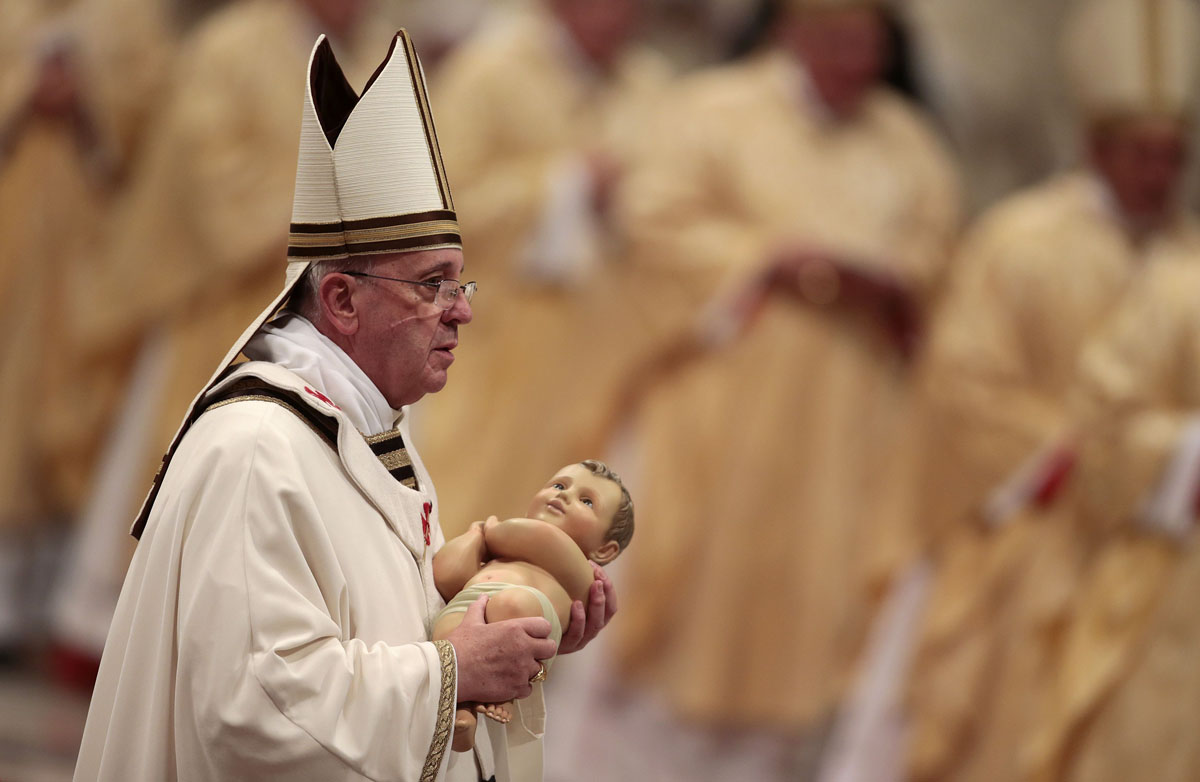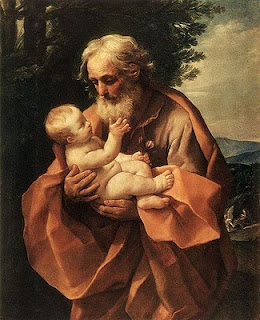(My latest for Catholic Answers Magazine.) James Carroll, an ex-priest writing for The Atlantic, recently argued for an abolition of the Catholic priesthood, mostly due to the abuse scandal. He is certainly right that the priesthood in general has its problems, as continuing revelations of abuse and cover-up have shown.
But I want to focus on another assertion Carroll makes: namely, that in the nascent Church, “There was no priesthood yet,” at least not by the time the great Jewish historian Josephus wrote about the early Christians, about sixty years after the first Easter. In other words, Carroll doesn’t see the priesthood as intrinsic to the New Covenant established by Christ.
This view is at loggerheads with that of the Catholic Church—that the priesthood of the New Covenant was established by Jesus himself and is foundational to the Church’s identity as the new Israel. Let’s take a look at one individual mentioned in Scripture who, despite being shrouded in mystery, leaves us an important clue in this regard.
St. Luke, writing in the Acts of the Apostles, introduces us to St. Matthias, who replaced Judas as the twelfth apostle (Acts 1:15-26). In so doing, Luke provides us with some unexpectedly rich apologetic material concerning the New Covenant priesthood, despite the relative obscurity of Matthias himself. He is never mentioned again in the New Testament, although later apocryphal accounts speak of his preaching to the Ethiopians. Both the early Church historian Eusebius and St. Epiphanius believed that Matthias had been one of the original “seventy” disciples of Jesus (cf. Luke 10:1).
As an aside, the fact that Judas had to be replaced at all reinforces the fact that “the Twelve” were an integral part of what Jesus had intended to establish with the New Covenant. Jesus’ selection of twelve apostles clearly evoked the foundational twelve tribes of Israel, which was not lost on his fellow Jews and certainly not on his opponents in the Jewish religious hierarchy. The titulus nailed above our crucified Lord’s head on the cross (cf. Luke 23:38) emphasized the main charge against him: that he claimed to be the “King of the Jews,” the King of Israel.
Israel was originally ruled by judges, not kings, because the Jews recognized God as their true King (in fact, the book of Judges views the people’s desire for a human king as an abomination—see especially 8:22-9:57). It was God who had founded the nation and established its twelve tribes derived from the sons of Jacob, who was renamed “Israel.” Thus, to claim the authority to establish a new (or renewed) Israel, with a new Twelve, is a strong claim to divinity on Jesus’ part.
This new Israel featured a new temple—the Church, a community of “living stones” (1 Pet. 2:5); a new sacrifice—the Eucharist, which in fact is the New Covenant in Jesus’ blood (Luke 22:20); and a new priesthood, celebrating this new sacrifice on a new altar. “We have an altar from which those who serve the tent [the Old Covenant priests, at the Jerusalem Temple] have no right to eat” (Heb. 13:10).
Luke’s two-volume work, comprising his Gospel and the Acts of the Apostles, is a masterpiece on many historical and theological levels. One of the things Luke does so well is to set the story of Jesus and the Church in continuity with the Hebrew Bible (the Old Testament), often in remarkably subtle ways. One of the best examples of this is how Luke presents his account of Matthias’s selection:
“So one of the men who have accompanied us during all the time that the Lord Jesus went in and out among us, beginning from the baptism of John until the day when he was taken up from us—one of these men must become with us a witness to his resurrection.” And they put forward two, Joseph called Barsabbas, who was surnamed Justus, and Matthias. And they prayed and said, “Lord, you know the hearts of all men, show which one of these two you have chosen to take the place in this ministry and apostleship from which Judas turned aside, to go to his own place.” And they cast lots for them, and the lot fell on Matthias; and he was enrolled with the eleven apostles (Acts 1:21–26).
A casual reader might assume that the method by which the eleven picked Matthias was a mere game of chance, leaving room for the Holy Spirit to make his sovereign choice. But remember, Luke’s gospel and Acts are a two-volume set, and Luke knows his readers will remember the beginning of the first book and connect it to the opening scenes of his sequel.
In Luke 1, we read about the “annunciation” to Zechariah, the future father of John the Baptist. Why is it that Zechariah, a priest, found himself on duty in the temple the day Gabriel appeared to him? “Now while he was serving as priest before God when his division was on duty, according to the custom of the priesthood, it fell to him by lot to enter the temple of the Lord and burn incense” (Luke 1:8–9, emphasis added).
In other words, casting lots was a means of delineating priestly duties in the Old Covenant, and Luke shows that method was used again in selecting Matthias in the New Covenant period. This is something that the first readers of Acts would likely have noticed. The implication is that the office of priesthood is essential to the function of an apostle of Jesus Christ. This dovetails nicely with what Luke’s close companion in ministry, the apostle Paul, notes when he speaks of “the grace given me by God to be a minister of Christ Jesus to the Gentiles in the priestly service of the gospel of God” (Rom. 15:15–16, emphasis added).
The New Covenant priesthood, contra James Carroll, was not something the Church “invented” later on; the early Christians saw the apostles (and their successors) from the beginning as sharing in a special way in the priesthood of Jesus Christ. There are many other reasons this is so, far more than we have space to discuss here. But this truth is confirmed in a unique way in Luke’s account of the selection of St. Matthias as an apostle.



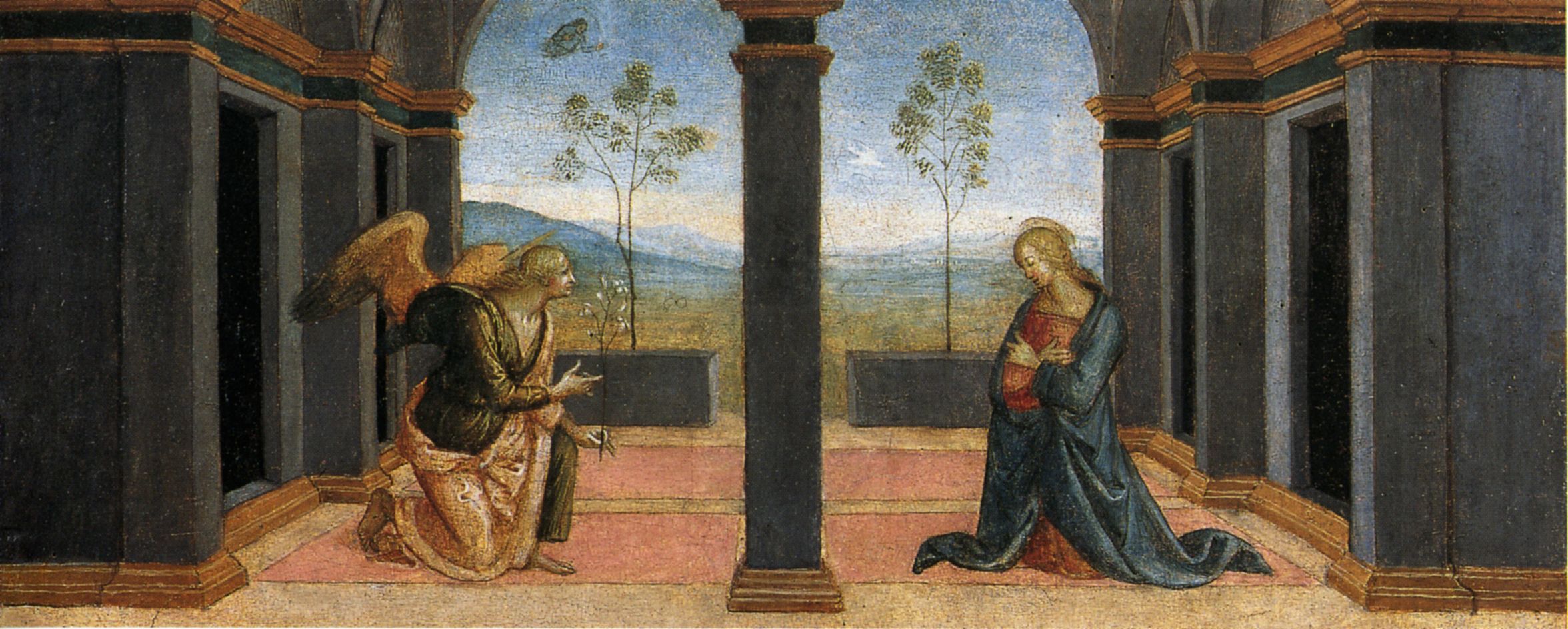
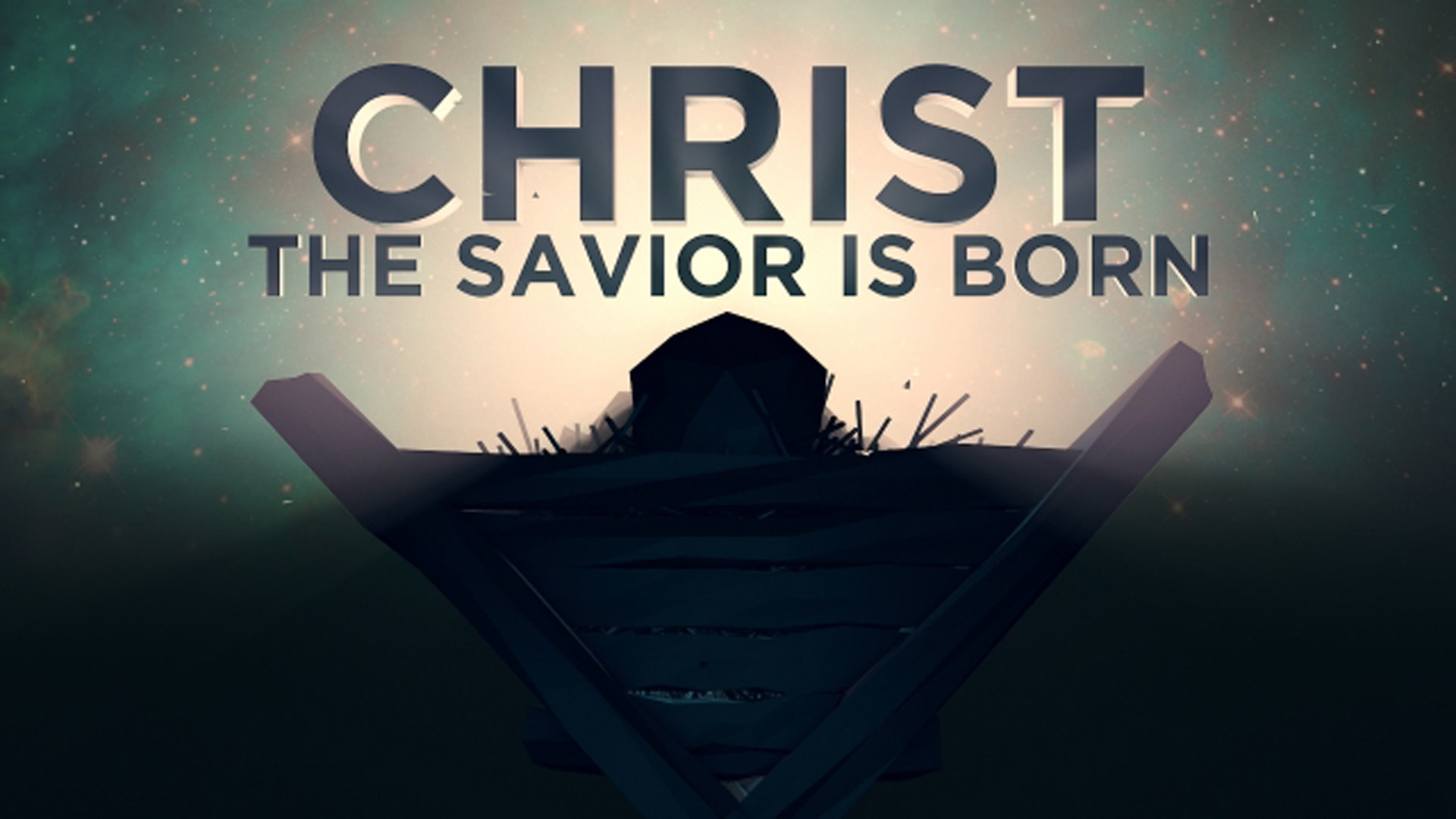
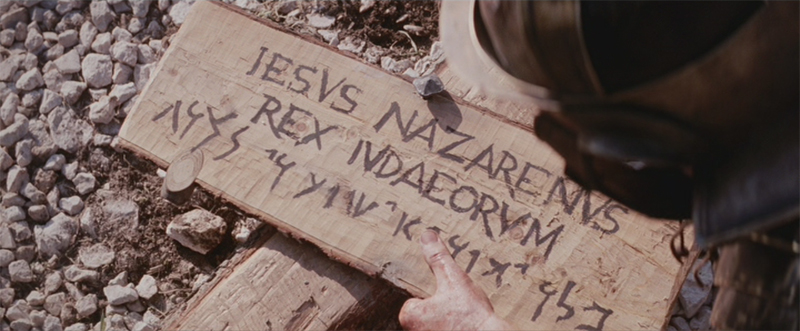 This Sunday, we celebrate the Solemnity of Jesus Christ, King of the Universe. This Sunday also marks the end of the liturgical year. In today’s Gospel (Luke 23:35-43), we read about the crucifixion of Jesus. Speaking of Jesus’ kingship, Luke here mentions the titulus (Latin for “title”, referring here to the the inscription above Jesus’ cross) that read, “This is the King of the Jews”.
This Sunday, we celebrate the Solemnity of Jesus Christ, King of the Universe. This Sunday also marks the end of the liturgical year. In today’s Gospel (Luke 23:35-43), we read about the crucifixion of Jesus. Speaking of Jesus’ kingship, Luke here mentions the titulus (Latin for “title”, referring here to the the inscription above Jesus’ cross) that read, “This is the King of the Jews”.
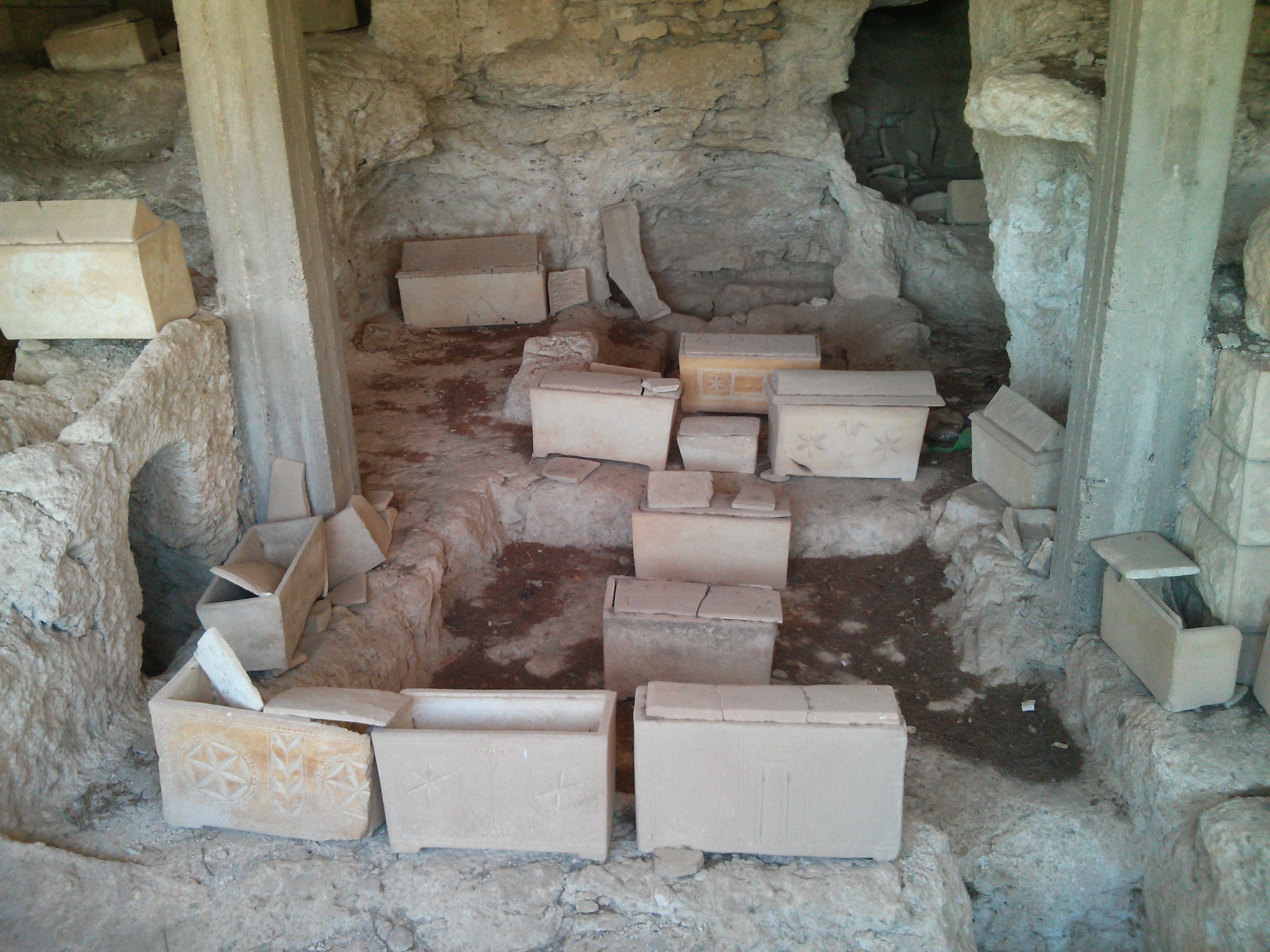
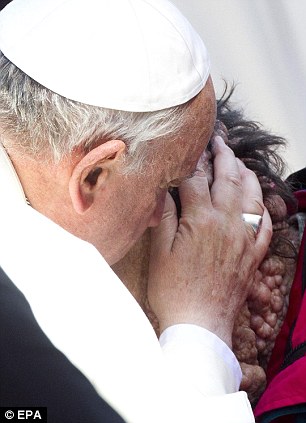 Today’s Gospel reading (Luke 5:12-16) features Jesus reaching out to touch and heal a leper, who was outcast in the society of his day because of his disfiguring illness. For me, this reading immediately brought to mind Pope Francis’ embrace of a severely disfigured man at the Vatican some months ago, which brought tears to the eyes of even the most jaded Vatican observers. This, in turn, evoked the Pontiff’s namesake, St Francis of Assisi, who famously kissed a person stricken with leprosy in his day.
Today’s Gospel reading (Luke 5:12-16) features Jesus reaching out to touch and heal a leper, who was outcast in the society of his day because of his disfiguring illness. For me, this reading immediately brought to mind Pope Francis’ embrace of a severely disfigured man at the Vatican some months ago, which brought tears to the eyes of even the most jaded Vatican observers. This, in turn, evoked the Pontiff’s namesake, St Francis of Assisi, who famously kissed a person stricken with leprosy in his day.